Decades of Florida history preserved
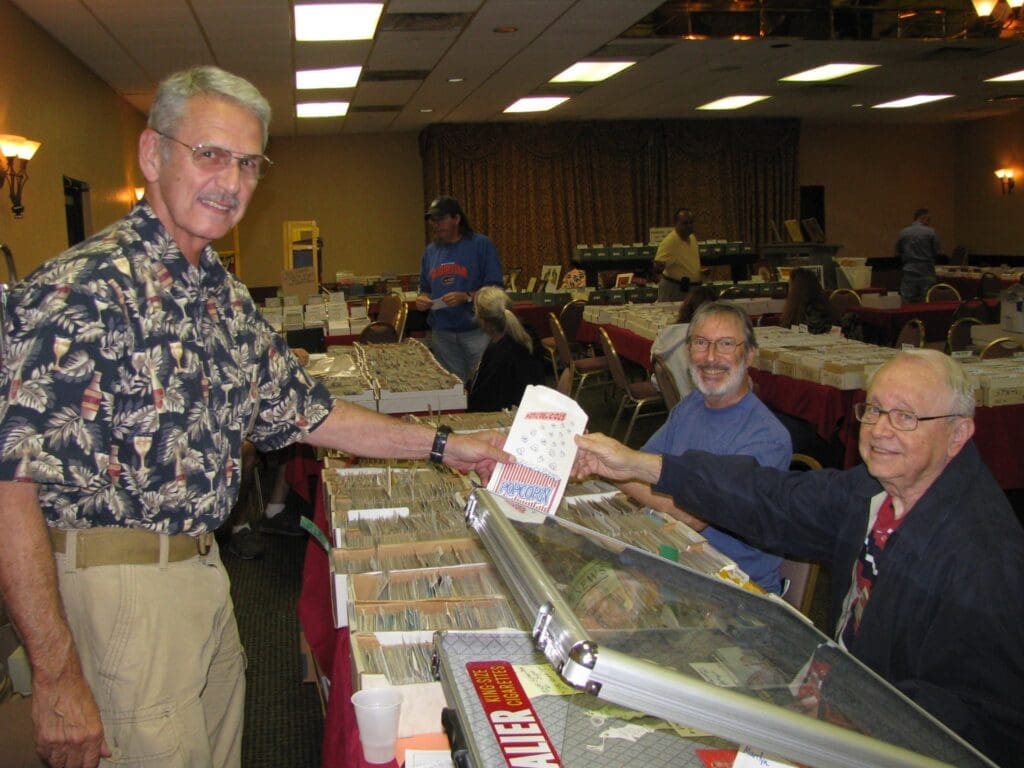
Richard D. Reddick, Jr.’s remarkable postcard collection finds a permanent home
Richard D. Reddick, Jr. started collecting postcards thirty years ago as a way to connect to history. The collection grew quickly, at first focusing on areas where his family lived in Highlands County and all the way to Punta Gorda, and then expanding to the Tampa Bay area. Reddick acquired postcards by attending shows and purchasing them online, often buying, selling, and trading depending on the needs of his collection and his own special interests. Over 5,000 postcards later, the collection now has a permanent home at the Tampa Bay History Center, courtesy of his son, Randy Reddick.
Randy Reddick, in discussing his father’s collection, shared that “postcards were history in pictures” to his father. As a result of his extensive collection, Richard Reddick became a subject matter expert on areas of Tampa’s history and built environment. Topics such as courthouses, the Tampa Bay Hotel, and the cigar industry in Ybor City were of great interest to him, and are reflected in the collection. Reddick also became an expert in the postcards themselves. From material to time period, his understanding of the history of the ephemera is impressive, and is a key component to the historical significance of the collection.
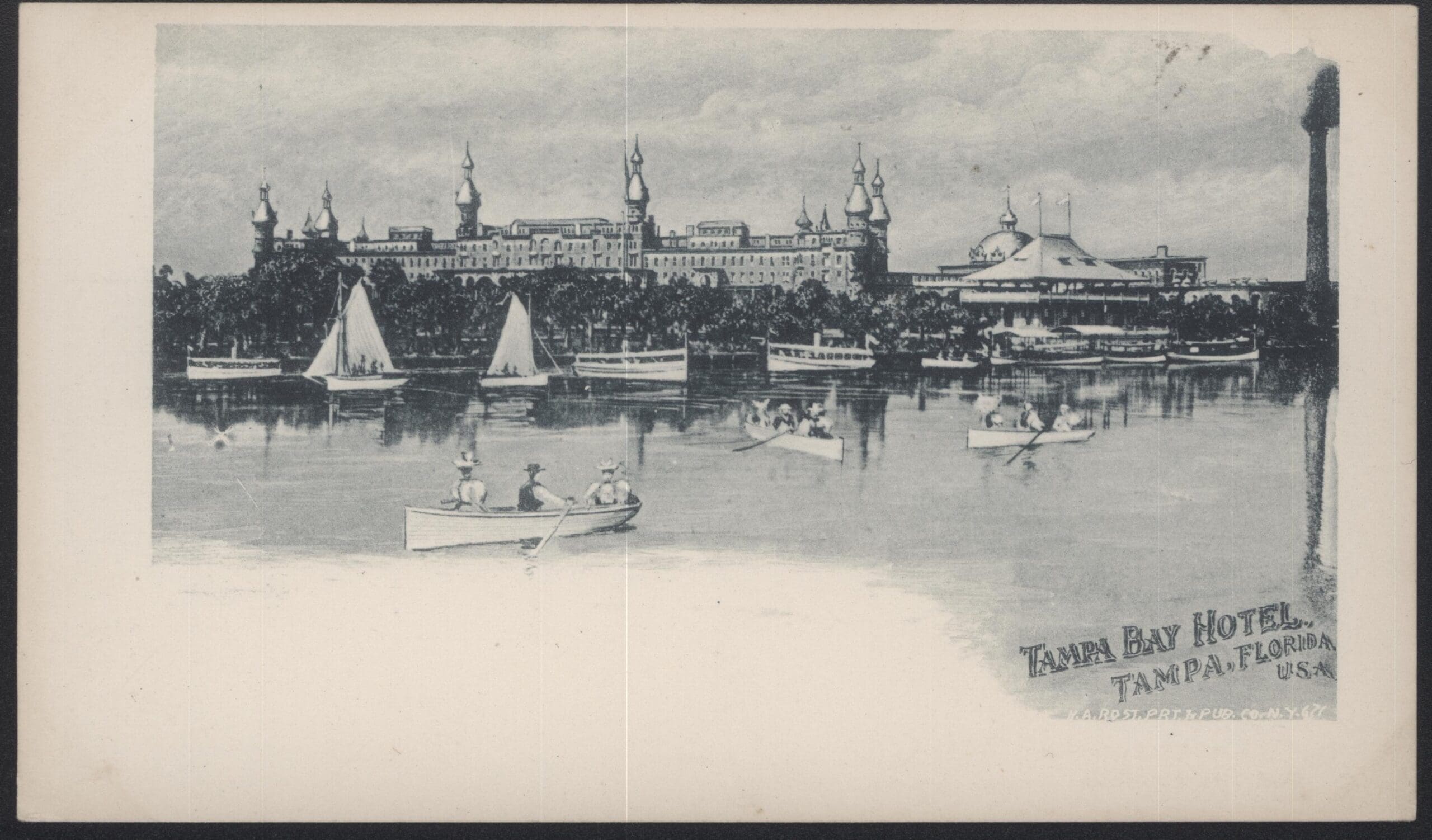
Of particular interest are the postcards from the late 19th century to early 20th century. These early postcards, a favorite of Reddick’s, include hand-colored postcards and pioneer cards, which were postcards published prior to 1900. The collection also includes a significant number of real photograph postcards, postcards that use real photographs as the front of the postcard. Downtown Tampa street scenes, early Hyde Park homes, the Gasparilla Festival, Ybor City hotels, and the St. Petersburg-Tampa Airboat Line are just a few examples of these early postcards in unique formats.
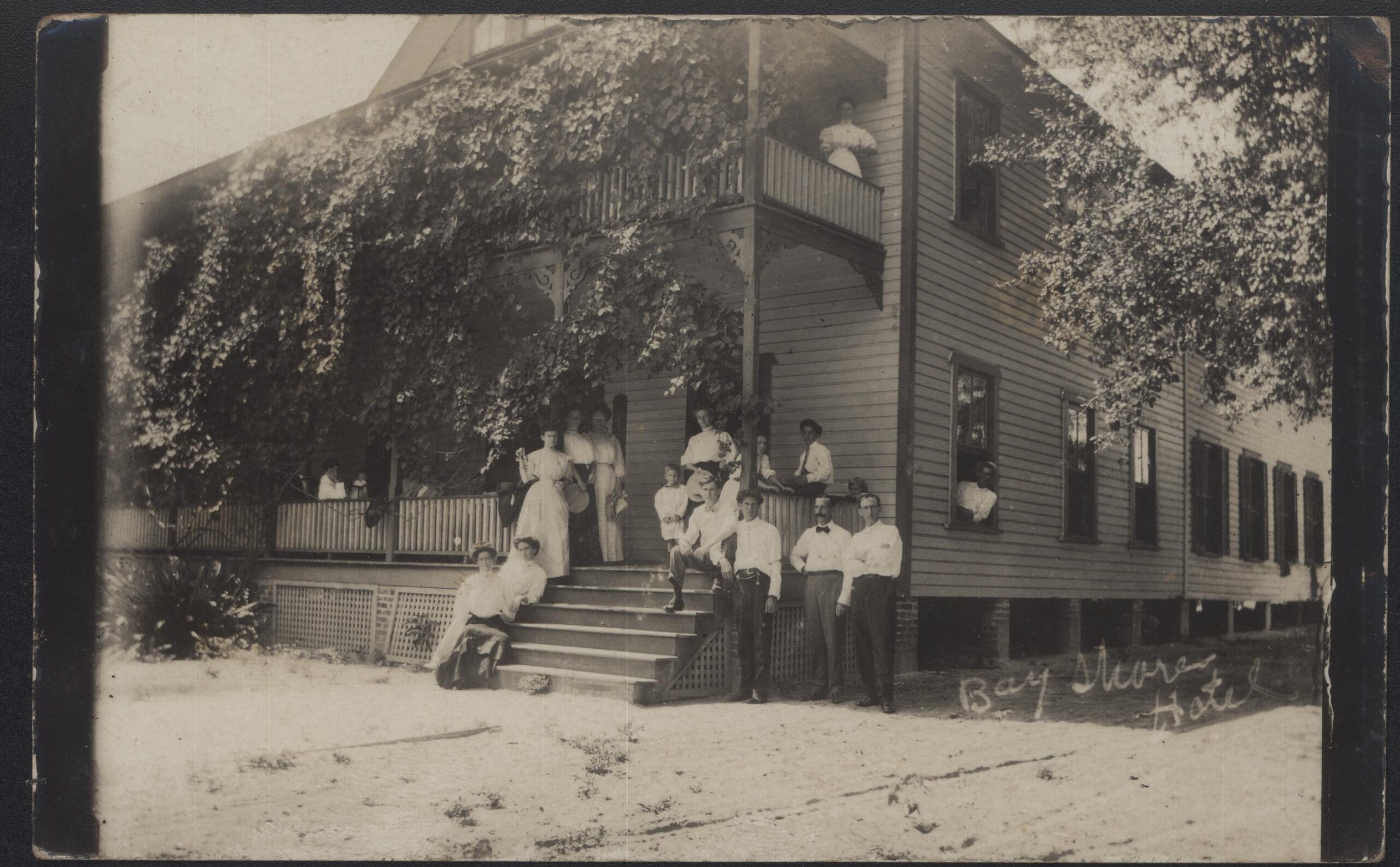
The collection, however, extends beyond Tampa and includes early postcards of Plant City, Gibsonton, Ruskin, Bradenton (some depicting the old Bradentown), Auburndale, Haines City, and more. Interestingly, the postcards of these towns showcase more than downtown scenes. Phosphate mining, sawmills, and agricultural scenes depict the industries in Florida popular in the early 20th century, so popular that they became souvenir postcards for tourists. Tourism is another theme throughout the collection, with images of hotels and lodges long forgotten, rodeos, casinos, the beautiful beaches, and recreational fishing in formal attire. This wide-ranging collection will now be cataloged and digitized by the Collections Department.
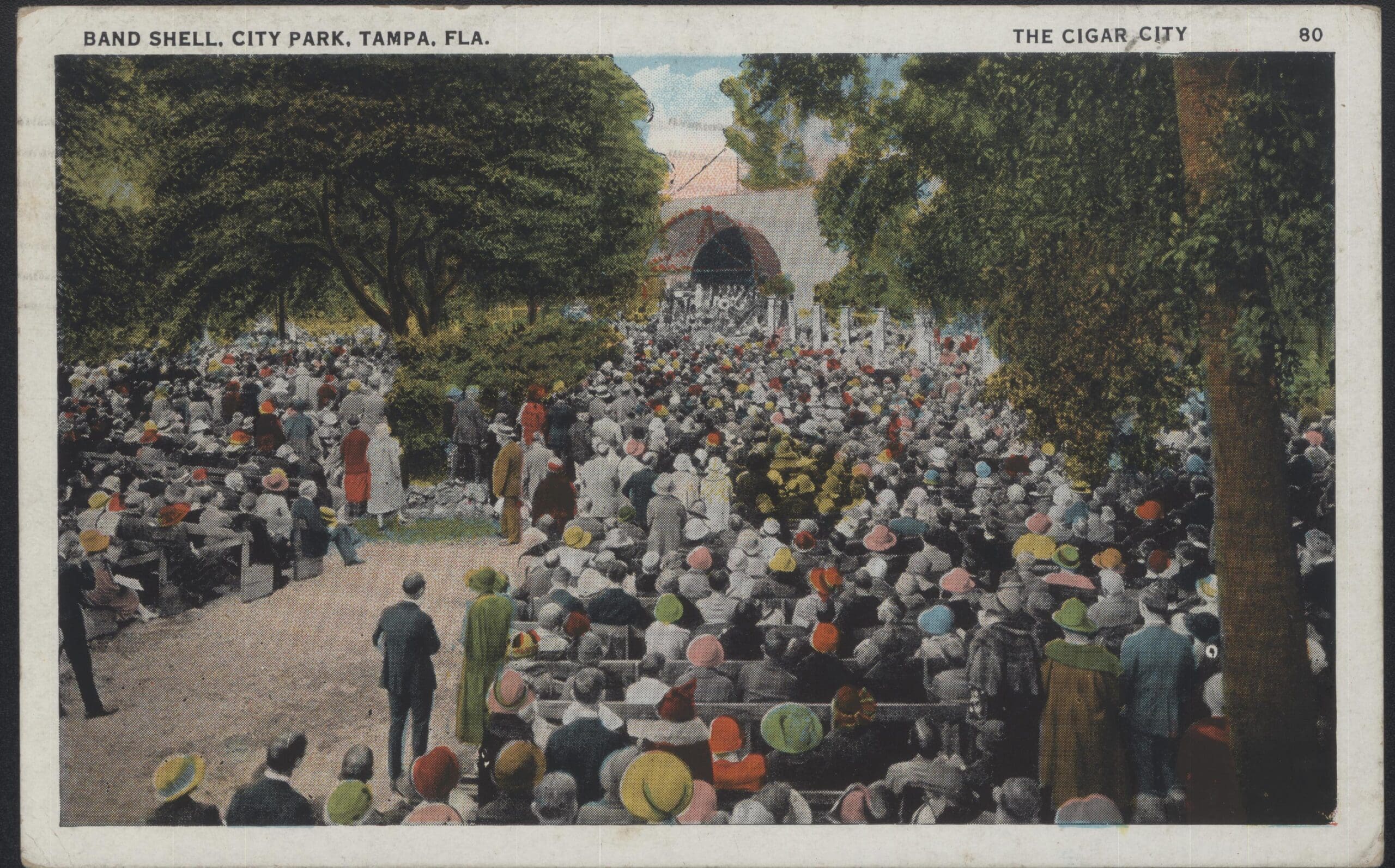
Richard D. Reddick, Jr. built his collection from his personal passion for history, but its significance reaches beyond that. The collection depicts in black and white (and in color!) the history of Florida, it showcases the artistry of the postcard industry over several decades, and preserves the lost way of communicating with friends and family. The Tampa Bay History Center is thrilled to be able to preserve Reddick’s history in pictures.
